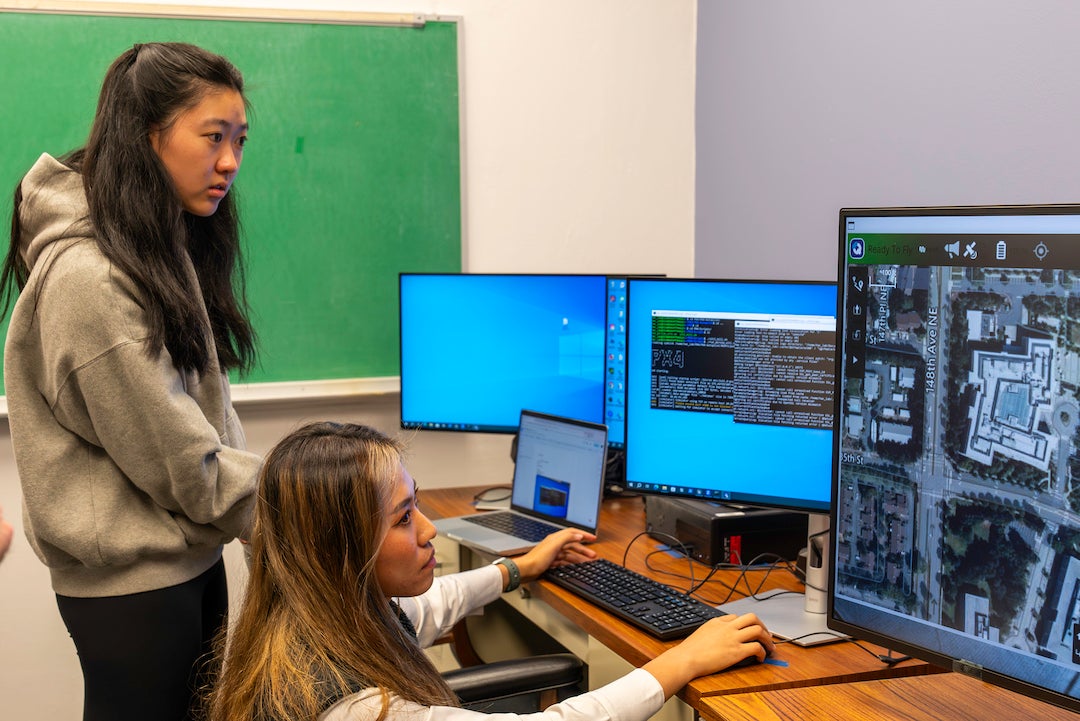NASA-Funded Research at Rice to Explore Safe and Efficient Navigation of Uncrewed Aircraft Fleets
If you’re one of the many people who watched The Jetsons and envisioned a future of flying cars and delivery vehicles, your dreams might not be far off. A new Rice University research study funded by NASA’s Aeronautics Research Mission Directorate is examining how uncrewed aircraft systems (UAS), also known as drones, can operate safely and efficiently in busy airspaces, and the role humans will play in managing and monitoring them.
If successful, the research breakthroughs could allow for increased and routine use of UAS for deliveries, air taxi passenger transport, search and rescue uses and more.
Jing Chen, an assistant professor of psychological sciences at Rice, is leading a three-year project researching the human-automation collaboration mechanisms that will perform multiple-vehicle routing, flight path management, avoidance with other vehicles, delivery and confirmation and other tasks needed for these UAS to function safely and efficiently. Chen’s research will also examine what role humans will play in managing and monitoring drones and where they may fall short.
“While these systems are uncrewed, humans will still play a role in ensuring their operation and safety in airspaces,” Chen said. “Our goal with this project is to pinpoint how to assign the various responsibilities to the humans and the autonomous UAS by considering human factors and the capabilities of the system. At the end of this research study, we hope to clearly map out the role humans will play in multi-UAS operations.”
Chen will conduct the research with support from Rice graduate students and in collaboration with Bin Hu at University of Houston and Liang Sun at New Mexico State University.
More details on this groundbreaking work funded by NASA is online at: https://www.nasa.gov/centers-and-facilities/armstrong/nasa-is-creating-an-advanced-air-mobility-playbook-2/.




